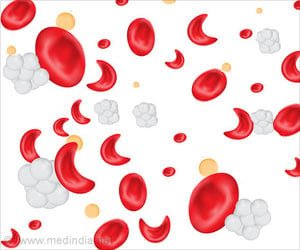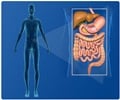Sharing best practices among Level I trauma centers to improve survival for children and adolescents, reduce the risk of complications and interventions.

‘Adolescents and kids injured in motor vehicle accidents have better outcomes when treated at a stand-alone Level I pediatric trauma center (PTC) than at general adult trauma centers.’





Researchers suggest sharing best practices among Level I trauma centers to improve survival for children and adolescents, reduce the risk of complications and prevent unnecessary interventions. The study reviewed data from the American College of Surgeons (ACS) National Trauma Data Bank on 28,145 pediatric patients (16,643 children younger than age 15 and 11,502 adolescents age 15-17) treated at a Level I trauma center between 2009-2012. Of those, 5,608 (19.9 percent) were treated at a PTC, 6,101 (21.7 percent) were treated at an ATC+PTC and 16,436 (58.4 percent) were treated at a general ATC. The majority of patients had injuries to the head and neck (66.2 percent) and 42.7 percent had multiple injuries. Researchers adjusted for injury severity and other important risk factors.
The analysis found similar rates of mortality for children treated at an ATC compared to a PTC, but they faced a greater risk of complications such as pneumonia. Adolescents treated at either an ATC or ATC+PTC experienced greater odds of death compared to those treated at a PTC. Both children and adolescents were more likely to be treated with invasive injury management procedures at an ATC or ATC+PTC compared to a PTC.
"Pediatric trauma centers are exclusively focused on the care of injured children. As such, the care teams are often more comfortable recommending a conservative approach, including observation instead of aggressive treatment or diagnosis, compared to physicians at adult trauma centers who treat fewer pediatric patients. This, combined with very aggressive use of standardized pediatric care pathways in these centers, likely contributes to the better outcomes we noted in this study," said Anupam B. Kharbanda, MD, Chief of Critical Care Services at Children's Minnesota and a study author.
The study is the first to compare outcomes of children age five to 17 years old injured in a motor vehicle accident and treated at one of the three types of trauma centers. The nation's trauma system was created by ACS out of recognition that specialized equipment and trained personnel may provide more optimal care for injured patients. ACS verifies trauma centers, assigning Levels I-IV status based on the center's ability to care for the most serious trauma cases, with specific criteria for pediatric trauma centers.
Advertisement
Source-Eurekalert














